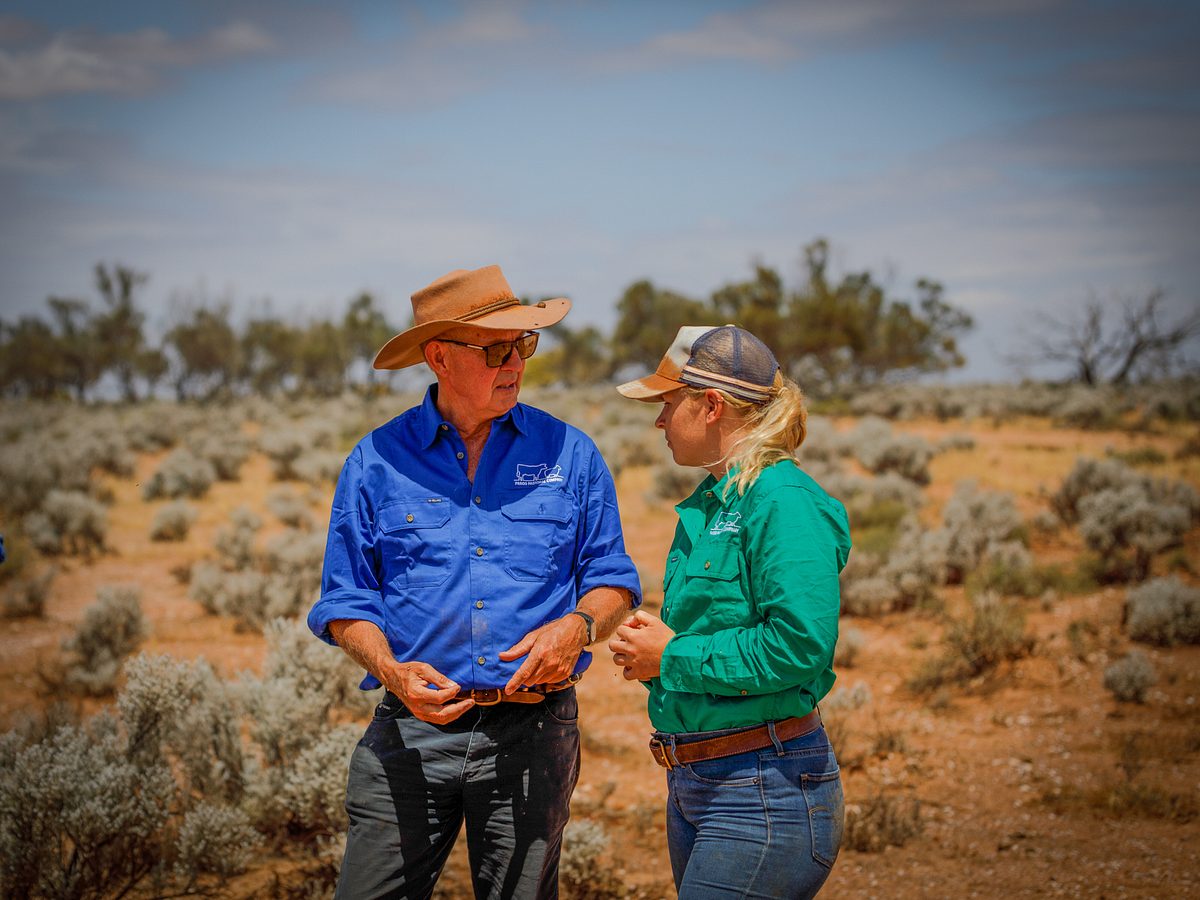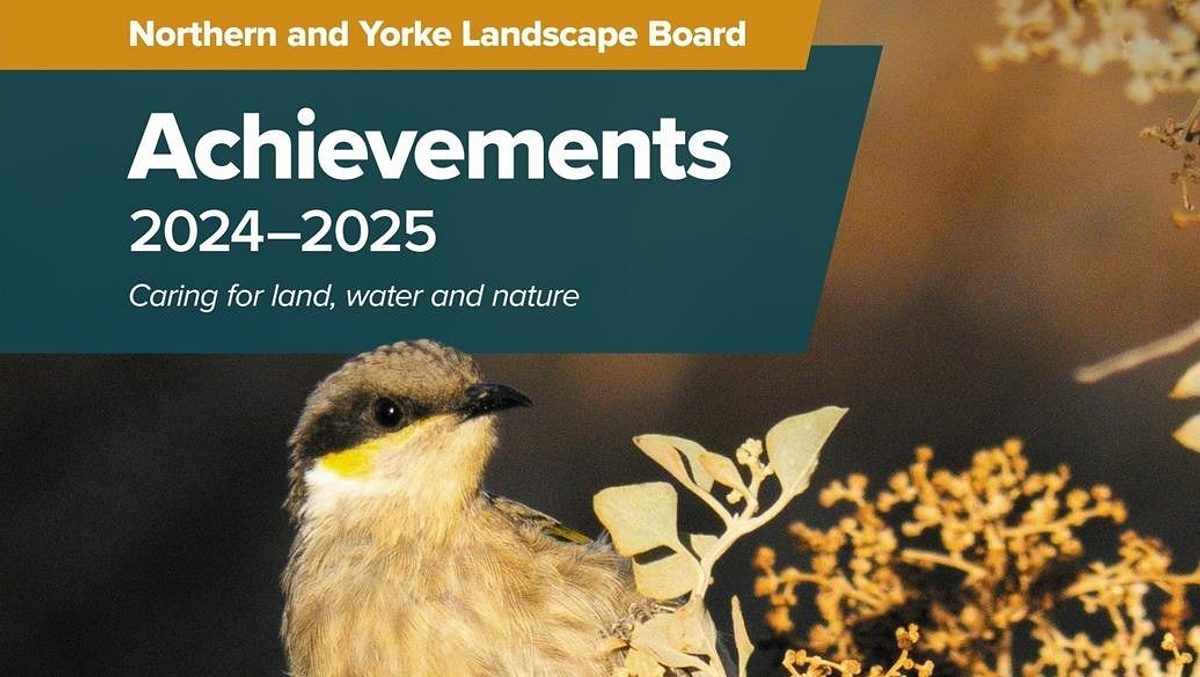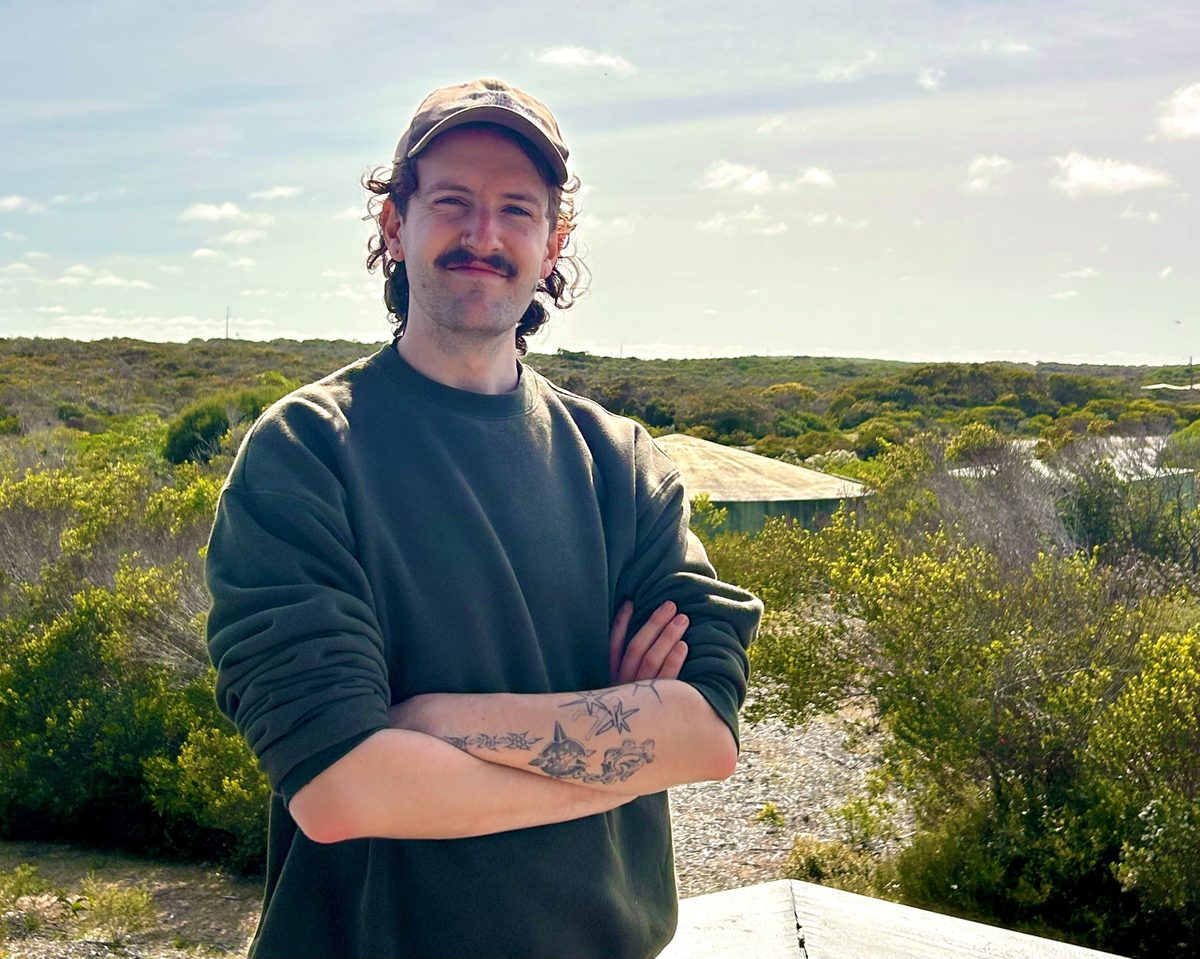Buckleboo’s bold carbon farming journey future proofing the land
When Buckleboo Station manager James Kerr takes the stage as a keynote speaker at the upcoming Carbon Ready Ag Conference in Port Pirie, he will share how carbon farming has become a powerful tool to future-proof the 100,000-hectare grazing property on South Australia’s Eyre Peninsula.
Faced with a drought-ravaged landscape in 2020, James led a bold ecological reset—changing grazing practices, removing feral animals, and embracing carbon projects, to regenerate the land and secure its productivity for generations to come.
As station manager James Kerr sees it, carbon farming is an opportunity to future-proof land to enable viable agricultural production for generations to come.
James is the manager of Buckleboo Station – part of Paroo Pastoral Company - located on northern Eyre Peninsula, where he manages the 100,000-hectare sheep grazing property, running a self-replacing dorper flock.
He is one of the keynote speakers at the Northern and Yorke Landscape Board Carbon Ready Ag Conference to be held in Port Pirie on 27 August.

James started managing Buckleboo Station in 2018, and when faced with the after-effects of drought in 2020, he knew he had to do something to prepare for similar scenarios in the future.
“At that time, the whole station looked like a moonscape, it was just bare ground between the bluebush and saltbush, there was virtually no sign of any grass, there were too many roos, too many goats and then we had the sheep as well, it was under total grazing pressure,” he said.
James looked at old photos and noticed a similar scenario after the drought in 2008.
“At that point we made a decision that we had to make some changes,” he said.
“The reality was that the next major drought would come around – and my prediction is that will be in 2031-32 – and we decided in 2020 that we would start making changes to that property to ensure that we were ready for the next time.”
James admits entering into carbon farming has been a huge learning curve, and at times quite confronting.
He said it was important to find a qualified ecologist, develop a good relationship with them and recognise it would be a long-term partnership and project.
“The first step is to get a rangelands scientist or qualified ecologist to have a very close look at your property,” James said.
“In our case, being a pastoral station, we had Richard Marver from Contour Consulting in Western Australia, come onto the property to tell us exactly where the property was in terms of the ecological state.
“To be honest, that’s not easy to do because if you allow a trained ecologist to give you their very honest opinion about the state of your property, I can tell you now, be prepared for the bad news, because Richard was able to very diligently outline the cause of the issues that we had across the property.”
What Richard found was a significant reduction in high-quality native grasses across the station, partly due to set stocking practices, which James said had likely been followed for “a hundred years or more”.
Sheep, goats and kangaroos were all seeking out the most palatable native grasses, and the country never had an opportunity to rest and grow.
“Richard identified that all of our good native grasses had virtually disappeared and all that was left was spear grass, and that was pretty obvious when you looked at the property,” James said.
They set about changing their approach to grazing, splitting the property into six 16,000ha paddocks, lots of refencing – with good quality netting fencing – removal of the goats from the station, and a reduction of kangaroo numbers.
“We put all the sheep in one mob, so they graze an area of about 40,000 acres (16,000ha) for three months and then we move them on, so that means by the time they do a lap around the property, each paddock gets 15 months of growing or regeneration,” James said.
“There’s no goats or sheep on that country for 15 months, there are still some kangaroos there but we have removed that grazing pressure.”
And the results are speaking for themselves, with satellite monitoring undertaken each January showing significant improvements to the land.
“What we have noticed, the evidence is very clear, at the end of the drought in 2020 and when we started the carbon project in 2021, we had less than 250 kilograms of biomass to the hectare,” James said.
“In January 2025, that had increased to 1400kg of biomass to the hectare, so we have lifted our biomass six-fold in four years just by changing our grazing management and removing the goats from the station.”
Paroo Pastoral Company also now has carbon projects approved for its 12 stations in the White Cliffs area of New South Wales.
James believes now is the time to get involved in carbon farming, as an opportunity to allow outside investment to secure long-term sustainability for agricultural properties.
“If you’re someone sitting on the fence wondering if you should get involved in this, the one thing that I look at is that when your property is degraded or has some issues with the ecology, it takes money and investment to correct those issues,” he said.
“This carbon project has given us an opportunity to get some outside investment into the station to help us fix these problems.
“In the long-term, we’re going to have a very sustainable sheep station, there’s no question about that.
“In the results that we’ve seen in the last four years, there’s been a lot of correction happening, a lot of good things around the property and I’m sure it’s only going to get better, because when we understand the key functions of ecology, it’s really important that we give it a chance to start healing.
“I know reducing stock numbers and getting rid of goats affects the bottom line, so by allowing a carbon project it allows some external revenue to come in and help fix those problems.
“If you truly look at it and say ‘I want to have a long term, sustainable sheep station or property or farm that I want to hand on to the next generation’, and you’ve identified there’s some serious issues with the soil or ecology, here’s an opportunity to solve some of those problems.”
James urges others to head along to the upcoming conference to hear from experts and gain first-hand insight to help unravel carbon farming.
“If you can get along to this conference, I’d urge you to go because there will be speakers talking specifically about carbon in agriculture,” he said.
“Whether it’s soil carbon or human-induced regeneration, and they will speak about how we can reduce our emissions on the farm, the issues of the future, what it means from a government policy perspective and how that relates to the opportunities on-farm.”
The Carbon Ready Ag Conference: Making carbon farming and natural capital work for you will be held at the Northern Festival Centre in Port Pirie on Wednesday, 27 August, 2025.
An optional day two program is also available on Thursday, 28 August.


